The Blue Roof: A New, Eco-Friendly Concept
By Cynthia Pigeon
Updated on October 9, 2024
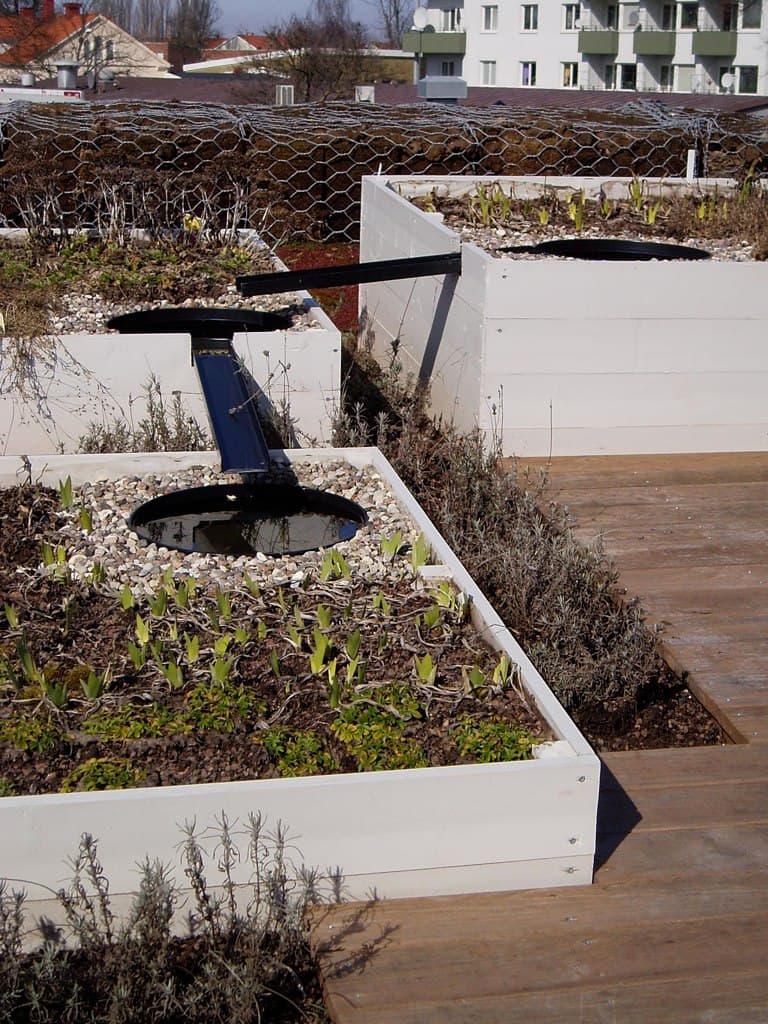
If you live in a big city or keep yourself apprised of innovative methods of environmental conservation, you’ve probably already heard of green roofs. They’re created using a technique which involves covering a building’s rooftop with all kinds of vegetation: plants, flowers, and vegetables. It’s no secret: green structures provide better insulation and minimize carbon emissions. All in all, they improve air quality while increasing the building's overall energy efficiency.
Following in the same footsteps, lo and behold the blue roof, the new and updated version of the eco-friendly roof system, is intended to solve an increasingly common problem. This innovative system could help cities manage heavy rainfall—yet another way to adapt to climate change.
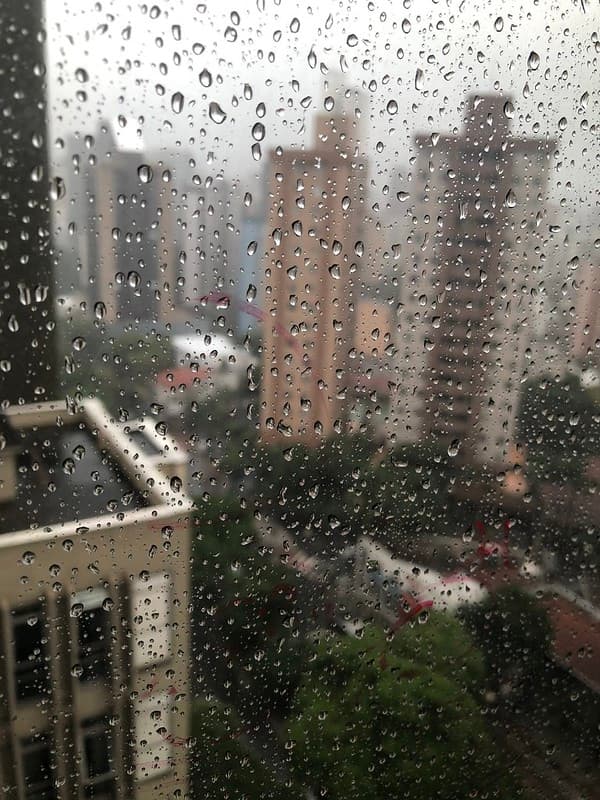
Source: Flickr
What’s a Blue Roof?
This new technology came about in Montréal and was developed by Hydrotech—as seen atop McGill University’s Faculty of Education building. The appeal of this design is that it doesn’t interfere with other roofing projects. In addition to solar panels, the roof can accommodate a terrace, vegetable garden, playground, or lounge area, and any type of heating or air conditioning system.
The main purpose of a blue roof is to collect rainfall to reduce any risks of flooding that could be caused by, among other things, a poorly functioning sewage system. Instead, rainwater is stored between aggregates or in a cavity under a paving stone. With a mini-dam-like (or barrier) aspect, a series of valves installed in stormwater drains controls the flow and return of any accumulated water progressively back to the sewer system (the excess will be drained before winter hits).
Pipes can also be included to allow residents and businesses to recover water, for instance, to run cooling towers, washing machines, toilets, clean cars, water plants, and so on.
Typically, these are "smart" roofs. They’re fitted with water-leak detectors and sensors that measure water levels and transmit energy conservation data and weather conditions. These devices are convenient when it comes to performance improvement, damage prevention, and remote monitoring, as well as early water release in the event of a storm.

Source: Flickr
Benefits of a Blue Roof
Cheaper than green roofs, blue roofs cost up to 10 times less, ranging from $1 to $2 per square foot, with some additional costs to convert an existing roof.
Provides better insulating than tar or gravel roofs by regulating the building's interior temperature. Moreover, the waterproofing membranes as well as the heating and air conditioning systems last longer, since the equipment operates less frequently or at a lower intensity.
Compared to traditional roofs, the risks of pipe leaks or overflow requiring expensive work and insurance claims are considerably lower.
In keeping with the principle of a circular economy, as well as lowering energy bills, any stored water can serve another purpose.
As previously stated, blue roofs help prevent municipal sewage systems from overflowing.
By upgrading to a blue roof, you may be eligible to receive financial incentives from government programs that promote water conservation, as well as receiving municipal credit for stormwater user fees.
The only minor drawbacks:
Since it requires a specialized engineer and a few significant challenges to install, it is more cost-effective, if not more convenient, to build a blue roof on a new structure than to convert an old one.
Installation on commercial buildings or high-rise apartment buildings is preferable to that on houses; space (size and slope), efficiency, and costs are the main reasons.
More expensive than a regular roof to install, and there are maintenance and upkeep costs. However, if you were already planning to replace your entire roof, the energy efficiency will pay off over the subsequent years.
The overall load is much more significant on the structure. Fortunately, buildings nowadays are built according to strict standards, and they have a greater capacity to support such a load, especially commercial and high-rise buildings.
Installing a Blue Roof
Environmental standards, specific requirements, precise calculations... Such a project requires a unique blend of municipal representatives, clients, engineers, and builders. Any company installing the blue roof will also be responsible for future maintenance and repairs.
This project begins with a feasibility study: if a blue roof is to be installed on an existing building, the structure must be able to support it. A concrete structure is usually recommended, rather than steel or wood. Then, the existing waterproofing membrane is inspected and may have to be replaced with a new, more modern one, made of bitumen and recycled materials such as tires and glass powder.
The water storage area may or may not cover the entire roof, depending on what’s already there. This eco-friendly roof is only installed on a flat roof or one with very little slope. Nevertheless, when it concerns a gable roof, it’s possible to install a similar system: rainwater harvesting tanks.
The rooftop terrace is still the easiest way to implement a blue roof. The space between the pavers and the roof can be used to hold large amounts of water. However, heavier and thicker pavers are required. Also, the paver pedestals are usually customizable, enhancing their practicality.
Blue and green roofs are two ecological systems that can be used in conjunction to maximize the use and management of water storage. Considering it as the logical continuation of the green roof, the vegetated basins will take whatever is necessary for their survival and will be fitted with storage tanks to hold rainwater temporarily.
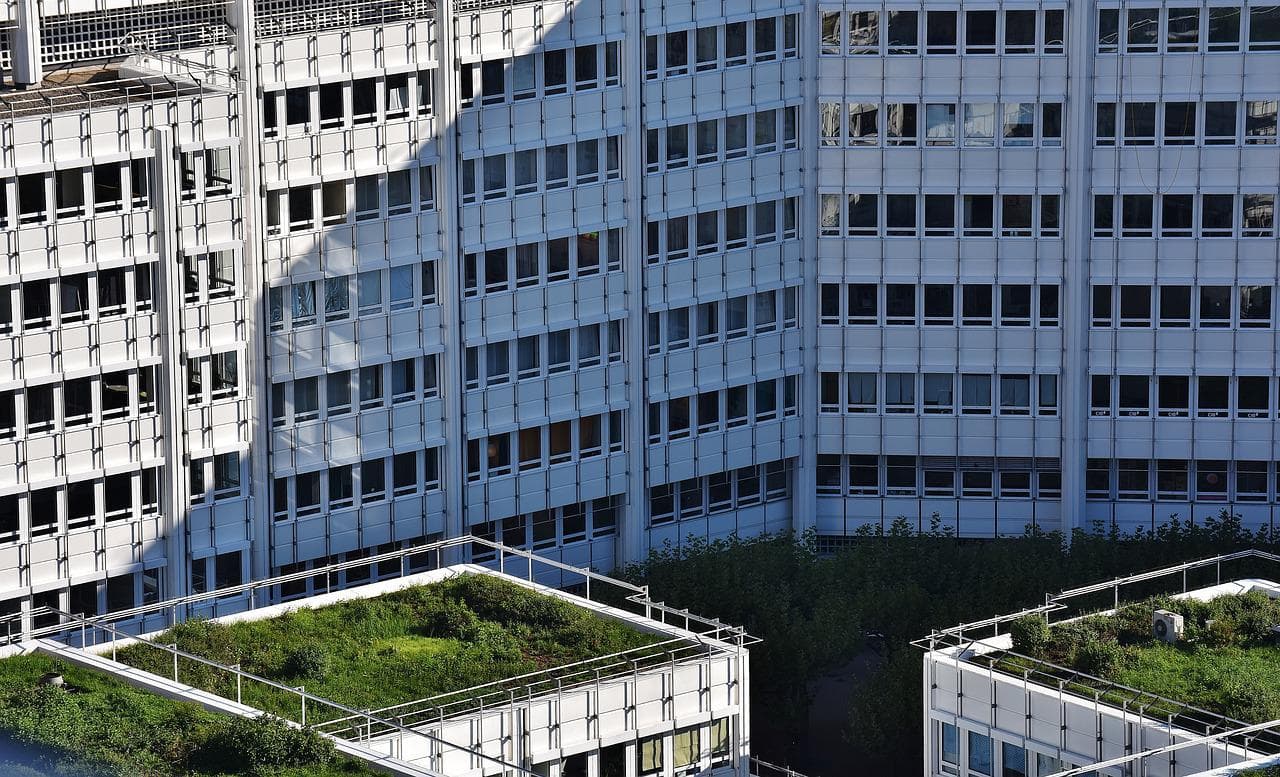
Source: Alexa - Pixabay
Whether you’re a construction worker or a contractor, installing a blue roof will further your efforts in terms of sustainability and your desire to be socially involved, in addition to helping you save money, both through government financial incentives and utility bills. Moreover, you may also gain a new clientele: one that cares about contributing positively to a sustainable future for generations to come, whether that be human, animal, or plant life.
Get 3 quotes for your eco-friendly renovation project
RenoQuotes.com can help you get quotes for your eco-friendly roofing project. By submitting your project, we’ll put you in contact with top-rated contractors. Fill in the form on the homepage (it only takes a few minutes), and you will get estimates from trusted professionals.
Dial 1-844 828-1588 to speak with one of our customer service representatives.
Looking for something else?
Related articles
The latest industry news, interviews, technologies, and resources.
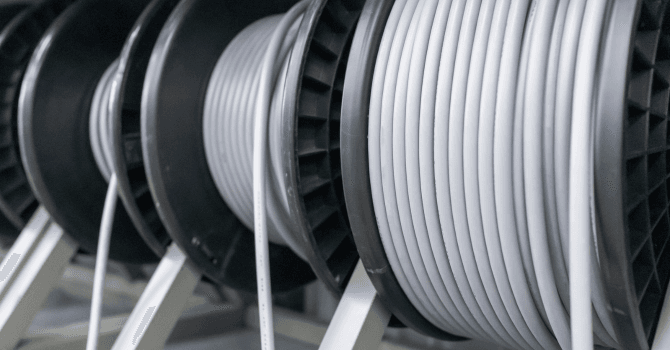
Editorial Team
•09 Oct 2024
Plastic is a hugely exploited building material since it’s durable, waterproof, supple, and lightweight. However, just like its many other daily uses, it definitely has a bad reputation. Subsequently, several companies are looking to take major steps to reduce its harmful effect on the environment.

Editorial Team
•03 Nov 2025
Hailstorms are becoming increasingly common in many parts of Canada, and their impact can be devastating for a roof. A roof punctured by hail can lead to water infiltration, structural damage, and costly repairs. Fortunately, there are several ways to strengthen your roof and prevent damage. Here’s a complete guide to choosing the right materials, adopting best practices, and preparing for hail events.
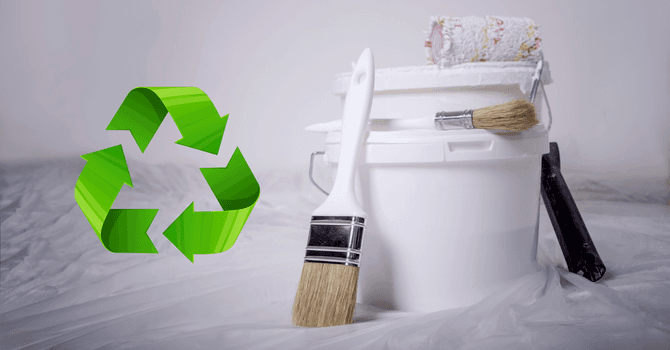
Editorial Team
•23 Feb 2024
For a few years now, Boomerang Paint has been increasingly solicited for interior renovation and decoration projects. The reason being its green characteristics and excellent value for money. If you’re looking for eco-friendly interior paint, opting for recycled paint is the best decision you can make. Learn all about this type of product in the following section.

Amanda Harvey
•07 Nov 2023
Home renovation projects require plenty of research, careful planning, and detailed steps. Applying for a building permit is just one of the required necessities. Building permits cannot be overlooked, and depending on where you’re living, the forms, fees and documentation needed will vary. We’re here to offer a way to help you navigate fees for building permits in the city of Toronto.

Editorial Team
•21 Mar 2024
When it comes to relaxing in your backyard, prying eyes from neighbouring lawns can quickly become uncomfortable. Luckily, nowadays, there are numerous solutions like outdoor privacy screens for decks and terraces. Not only will these shield you from curious stares, but they’re also a nice, decorative feature. Discover below the best solutions available to fully benefit from your deck, meaning, in complete privacy.